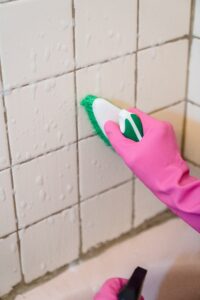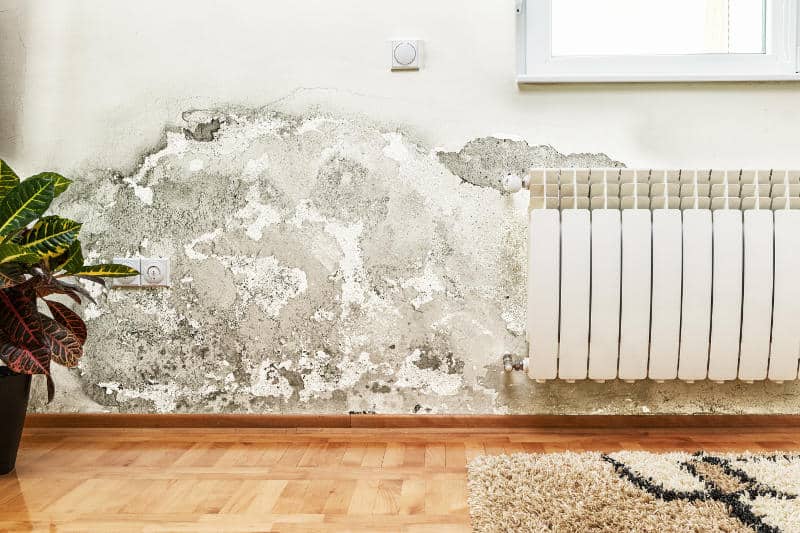Addressing The Telltale Signs - Water Stains On Walls And Their Repairs
Addressing The Telltale Signs - Water Stains On Walls And Their Repairs
Blog Article
How do you really feel on the subject of How to Find and Repair Water Leaking in the Wall?

Water spots on walls are not pleasurable to the eyes. Your residence ought to be without discolorations on the walls, roofing system, or floors. That is the ideal state of a house as well as its structures. Yet, occasionally it appears practically inescapable to experience water stains on walls in houses.
Property owners living in moist regions frequently deal with the worry of water discolorations on walls. With all-round and precise information on the reasons of water stains as well as punctual repair work procedures, you will always be an action ahead of such incidents.
3 Usual Sources Of Water Stains on Wall Surfaces
Contrary to popular belief, water spots on wall surfaces do not always come from bad structure materials. There are numerous reasons for water spots on wall surfaces. These consist of:
Poor Drainage
When making a structure strategy, it is essential to make sure appropriate water drainage. This will avoid water from leaking right into the walls. Where the drainage system is blocked or missing, below ground moisture develops. This web links to too much wetness that you discover on the wall surfaces of your structure.
The leading cause of damp wall surfaces, in this instance, can be an inadequate water drainage system. It can also be due to poor administration of sewage pipes that run through the building.
Moist
When hot damp air consults with completely dry cold air, it triggers water droplets to form on the walls of buildings. This happens in bathroom and kitchens when there is heavy steam from food preparation or showers. The water beads can discolor the bordering walls in these parts of your house as well as spread to various other locations.
Moist or condensation impacts the roofing as well as walls of buildings. This creates them to show up darker than various other locations of the house. When the wall is wet, it creates a suitable environment for the development of fungi and also microorganisms. These may have unfavorable effects on wellness, such as allergies and respiratory problems.
Pipeline Leaks
A lot of homes have a network of pipes within the wall surfaces. This guarantees that the pipelines are faraway from the reach of damaging rats. It always increases the stability of such pipes, as there is little oxygen within the walls. This prevents rust.
A drawback to this is that water leakage influences the walls of the structure as well as causes prevalent damage. A telltale sign of malfunctioning pipes is the look of a water stain on the wall surface.
Water Stains on Wall Surface: Repair Work Tips
Home owners would normally desire a quick fix when taking care of water discolorations. Yet, they would soon understand this is detrimental as the water discolorations repeat. Right here are a couple of helpful ideas that will certainly lead you in the repair of water spots on wall surfaces:
Pro Suggestion
A houseplant in your house additionally raises its humidity. If the home is already moist, you may want to present houseplants with marginal transpiration. An instance of suitable houseplants is succulents.
Verdict
Although no person wants to have water stains on walls in their home, it can occur to the best of us. This post provides you take advantage of, as you currently understand exactly how to manage this incident if it does occur.
It is always best to recruit professional services to help repair the damages in your home.
In some cases it seems almost unpreventable to experience water discolorations on wall surfaces in residences.
In contrast to prominent belief, water stains on walls do not always stem from inadequate structure products. There are a number of reasons of water spots on walls. The water droplets can stain the bordering wall surfaces in these components of your house as well as spread to other areas.
Below are a couple of practical ideas that will guide you in the repair service of water spots on walls:
CHECKING FOR WATER DAMAGE
Water damage can be costly, and it may begin before you even notice the first signs of trouble. Water damage can cause mold and mildew in your walls and floors, which can create an abundance of health concerns for your family. It can also lead to costly repairs of various appliances and general home fixtures. To avoid the pricey consequences of water damage, here are Warner Service’s top 5 places you should check:
The walls – The easiest place to spot the beginnings of water damage is on the walls and ceilings of your home. If water damage is present, there will most likely be water stains, especially around the windows and doorframes, and/or cracks in the drywall. If a stain looks unusual (discolored to brown, black or gray, raised texture), has a swollen appearance or is soft to the touch, contact a professional immediately. The pipes – To avoid water damage, consistently check the pipes in your kitchen (especially the dishwasher and ice maker), bathrooms, laundry room (specifically washing machines) and basement for corrosion, leaks and water stains. Pay special attention to where the pipes connect in your home and the location of caulking around the bathroom fixtures, including toilets, sinks, showers and tubs. Missing or loose caulking and grout could be signs of leaking water. This seepage can also quickly cause mold and rust, so double check your water heater and tank for wet spots on the floor. The floor – Water damage is very easy to spot on the floor. Look for any warping or buckling of the material, especially in the basement. If your home has wood flooring, look for bright white or dark stains. If your home has carpeting, keep it dry and clean. A damp carpet that smells of mold could cause water damage and health problems. To avoid this, consider installing floor pans under your appliances to help prevent damages from small, slow and undetected leaks. The basement and attic – If your basement or attic smells odd check for mold and mildew around the area, especially the valley where the roof meets. While you are inspecting those areas, check for wall cracks, floor stains, rust and dampness in the insulation. If you live in a colder and/or rainier climate, perform routine checks for water damage from melting snow or ice and rain. The exterior – Check the roof for damaged flashing and missing, cracked or curled shingles. There should also be no standing water anywhere outside your home. This could be caused by puddles, leaky rain gutters or hoses, poor drainage, or short gutter spouts. Invest in a sump pump system or water flow monitoring system, and perform routine maintenance on these outdoor appliances to avoid indoor water damage.

I was made aware of that write-up about Indicators of Water Damage Behind Walls from someone on another web blog. Feel free to set aside a second to share this blog entry if you enjoyed it. I value reading our article about .
Automated Marketing
Report this page